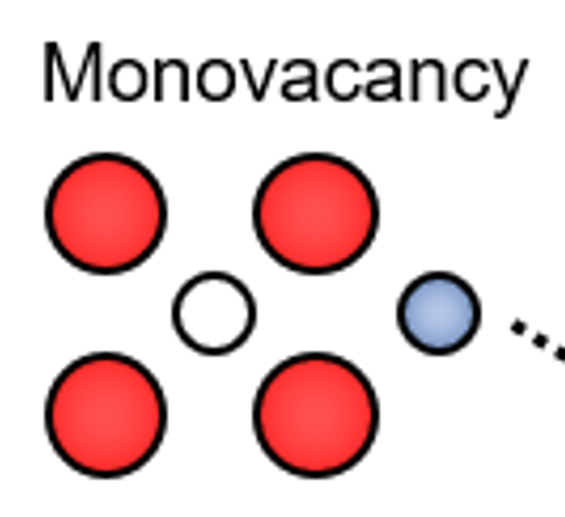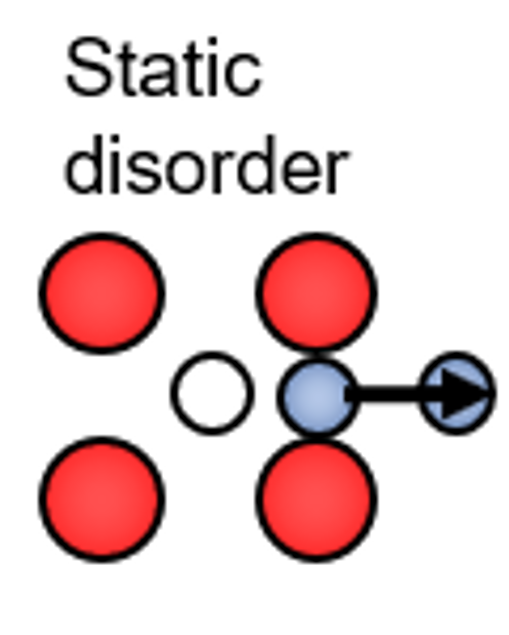FeRh thin films undergo a highly unusual magnetic phase transition, where the magnetic moment suddenly switches on, that can be carefully controlled in many ways, including temperature, fabrication methods and external strain. However, understanding the detail of where within the depth of a film this useful phase transitions is initiated is critical for the development of efficient spintronic and data storage devices.
One method of promoting the phase transition involves disrupting individual atoms within the structure. This local manipulation can be done using beams of ions, such as Ne+. This study, which is a collaboration between researchers in Manchester & RAL in the UK and HZDR & Duisburg in Germany, published in APL Materials, explores the depth dependent magnetic state of a thin film of FeRh which has been subjected to a range of ion beam treatments.
The researchers used temperature dependent polarized neutron reflectometry at the Polref instrument which is part of the ISIS facility of RAL to determine how the magnetic structure of a FeRh thin film changes when it is subjected to ion beams of different intensities. Despite the films being only 40 nm thick, they were able to see the layers of different magnetic structures created by the atomic displacements caused by the ion beams.
They found that the as-grown film had a thin region close to the substrate that was ferromagnetic, where adjacent moments point in the same direction, with the remaining film being antiferromagnetic. When heated, the magnetism switches on and whole film becomes ferromagnetically ordered.
However, after a small amount of ion irradiation, the film becomes fully ferromagnetic, even at room temperature which remains even as the temperature increases. A greater intensity of ion beam irradiation causes a layered structure to form. Initially, the top layer is a mixture of ferro- and paramagnetic phases, with the bottom layer remaining ferromagnetic. With even higher beam intensity, the film becomes almost entirely paramagnetic, with a layer of residual ferromagnetic material at the interface.
 The layers of different magnetic structure types after irradiation with different intensity ion beams. The dominant defect type is also shown for each case. DOI: 10.1063/5.0032130
The layers of different magnetic structure types after irradiation with different intensity ion beams. The dominant defect type is also shown for each case. DOI: 10.1063/5.0032130
In order to understand how ion beams change the magnetic state, it is necessary to study the atomic level changes that occur during irradiation. Here, the group were able combine positron and Mossbauer spectroscopies to determine the depth dependent magnetic phase and the prevalence of crystal defects and vacancies. These measurements demonstrated that the ion beam causes static disorder and monovacancy defects (below), which lead to the onset of the ferromagnetic and paramagnetic properties, respectively.

 Diagrams to illustrate different defects, DOI: 10.1063/5.0032130
Diagrams to illustrate different defects, DOI: 10.1063/5.0032130
Their results show that it is possible to use radiation at specific intensities to tailor the magnetic properties of thin films. This effective method to control disorder inside these alloys provides the basis to create devices for application in spintronic devices or data storage, on sub-100 nm length scales that have antiferromagnetic and ferromagnetic order in close physical proximity.
Further information
The full open access paper can be found online at DOI: 10.1063/5.0032130
